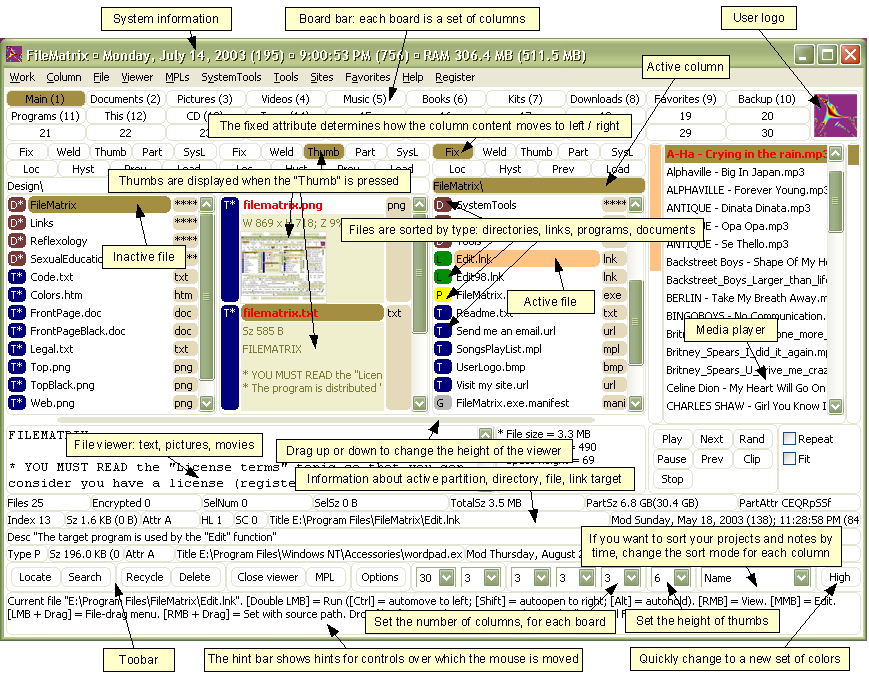
Web apps get a bad rap. They are sometimes slower than their native counterparts. They feel out-of-place if their UI varies greatly from the native platform.
But web apps also have things native apps are missing. Here are some of them.
- I can find text. In any web app, I can press CTRL+F to find text on the page. I use this dozens of times daily. When I’m using a native app, I have to resort to scanning text manually.
- I can login with one click. I use a password manager to keep track of my logins across thousands of sites. When I have to use a native app like Disney+ and I need to login, I don’t know my password, and password managers don’t generally work on native (desktop especially, but sometimes also on mobile). I have to launch my browser, launch my password manager in the browser and copy/paste my credentials.
- I can select text. I often use text selection as a reading aid. I also use it to grab snippets of text, repost a quote, share it. With native apps, I can’t do this.
- I can fill out forms automatically. Does that app need your name, address, phone, email, and more? With native apps, I have to type all that. With web apps, my browser or password manager can do it automatically for me.
- I can share app content. You see something in the app and you want to share it. On the web, you can just send the link to friends. (Or even better, link to individual elements on the page, or even link to a section of text.) If it’s an image or video, you can right-click and grab the link to it, save it to disk, or send it to another app. But if it’s a native app, I can’t do those things.
- I can pay for things without typing my credit card details. On the web when I go to pay for something, the browser or password manager can fill out your credit card details with a single click. On native, I’ll have to find my card and physically type the name, type of card, card number, expiration date, CVV.
- I can open another part of the app without leaving my context. You’re deep in an app. You maybe browsed for movies, navigated to the 8th section, horizontally scrolled until you found the one you’re looking for. Before you hit play, you want to quickly check the name of that other movie you watched. You could click Recently Watched…but then you’ll lose your current context and have to do it all over again. Unless you’re a web app, then you can just Ctrl+click/middle click to open Recently Watched in a new tab while preserving your context in the current tab. Native apps don’t do this, forcing you to lose you context.
- I can get to the content quickly. For all the talk about native performance, native apps often load slower than web apps. One reason for that may be because inefficiencies of higher abstractions in native development. But the web has something native does not have: multiple billion dollar companies competing to make it fast. Apple, Google, Microsoft, Mozilla, Samsung and others are investing heavily in making the web fast. The browser wars are survival of the fittest, and the resulting competition benefits end users. The same cannot be said of any native app framework, desktop or mobile.
- I can block ads. For years I’ve used the Twitter web app both on mobile and desktop; just go to Twitter.com. The Twitter web app has some problems. Once I thought I’d try the Twitter native app. Oooh, the scrolling seemed smoother. Oooh, I didn’t have the weird bug where I open an image, pinch-to-zoom, causing accidental refresh of my feed. Nice. Except…ads. Ads everywhere. I didn’t realize I was missing them because I had be using the web app, which lets me block ads. Increasingly, developers will publish a native version of their app to let them push more ads in front of more eyeballs. With native apps, I can’t block ads or tracking scripts.
- I can scale text and media. Text too small? Need to zoom in on that image? Ctrl + Plus. Web apps let me do this, native apps don’t. Closest I can get on native is the OS-level zoom (e.g. Win+Plus) to get a closeup on the area near the cursor, which doesn’t often suit the task at hand.
- I can keep using the app even if its busy.
Or, “dog.exe has stopped responding”. Web apps have simpler threading models than native apps and this makes for UIs that tend to be responsive. On the web, when you need to do blocking work like network calls, it’s usually async by default (e.g. fetch(…), import(…), etc.). No need to schedule completion work on another thread; that’s built in. In native land, many developers just do the work on the UI thread, leading to unresponsive apps. Still others will try to coordinate their own threading, which can result in deadlocks, race conditions, or memory errors. While these are possible on the web, they’re much bigger footguns in the native world. - I can keep working even if something goes wrong. An unhandled exception occurred when you clicked a button? The native app may just crash, losing your work in the process. “Better die and start over than continue in an unknown state”, is the idealistic advice. On the web, that unhandled exception shows up in the developer console, the web app just keeps running and your work is preserved. This is the pragmatic outlook baked into the web itself: even malformed HTML documents still render successfully.
These are a few off the top of my head. Add any more in the comments, I’ll add them to the post.